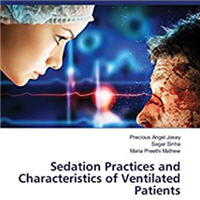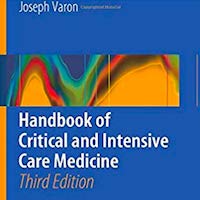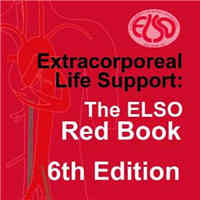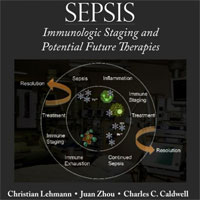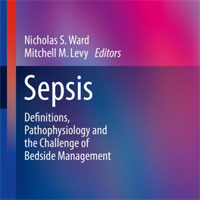Tag: sedation
Every Deep-Drawn Breath: A Critical Care Doctor on Healing, Recovery, and Transforming Medicine in the ICU
A world-renowned critical care doctor offers hope for ICU patients and their families in this timely, urgent, and compassionate narrative. Over the next ten years, 40 to 60 million people in this country will be admitted... read more
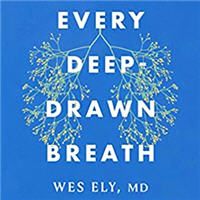
ICU Delirium – A Decade of Learning
Think of delirium as the phenotypic manifestation of global, acute brain dysfunction that can deprive patients of their dignity. This syndrome of acute changes in awareness, attention, and cognition is an independent... read more
Bronchoscopy in ICU: A Practical Guide
This practical guide focuses on Bronchoscopy in ICU. Bronchoscopy is one of the most commonly performed medical procedures, but is limited to the practice of a handful chest physicians and surgeons. The field of bronchoscopy... read more

Ciprofol Sedation Efficacy and Safety in Mechanical Ventilated ICU Patients
Ciprofol was well tolerated, with a noninferior sedation profile to propofol in Chinese ICU patients undergoing MV for a period of 6–24 hours. Of the 135 patients enrolled, 129 completed the study. The primary endpoint-sedation... read more
Critical Care Sedation
This book provides a comprehensive guide to delivering analgesia and sedation to critically ill patients for professionals and caregivers being involved in the management of these patients. It discusses and explains in... read more
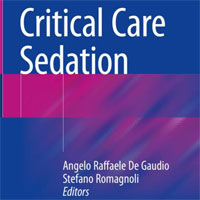
Acute Respiratory Distress Syndrome
This book covers all clinical aspects of acute respiratory distress syndrome (ARDS), from definition to treatment, focusing on the more recent recommendations and evidence-based medicine. The addressed topics are the... read more
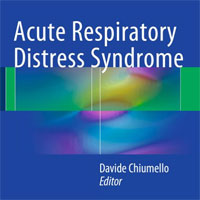
Dexmedetomidine, Almost As Many Uses As There Are Letters
There is literature to support the use of dexmedetomidine in patients with sympathomimetic toxidrome. It may be a reasonable approach to utilize Dex, with or without a bolus, while closely monitoring these patients in an... read more
Lung and Diaphragm Protective Ventilation Guided by the Esophageal Pressure
Lung protective ventilatory strategies aim to limit tidal volume, driving pressure and plateau pressure to minimize lung stress and strain and consequently reduce the morbidity and mortality risks associated with mechanical... read more
Dexmedetomidine vs. Propofol Sedation in Critically Ill Adults Requiring Mechanical Ventilation
Dexmedetomidine did not significantly impact ICU length of stay compared with propofol, but it significantly reduced the duration of mechanical ventilation and the risk of delirium in cardiac surgical patients. It also significantly... read more
Sedation Management Evolution in the ICU
This paper provided an overview of how ICU sedation practices have evolved over the last 20 years. Contemporary ICU sedation practices include light levels of sedation, SAT, and use of non-benzodiazepines. The current... read more
Prevalence of PICS in Mechanically Ventilated Patients with COVID-19
Coronavirus disease 19 (COVID-19) patients usually require long periods of mechanical ventilation and sedation, which added to steroid therapy, favours a predisposition to the development of delirium and subsequent mental... read more
Moderate Procedural Sedation and Analgesia
Introducing the definitive resource designed for practitioners working in the rapidly expanding area of moderate procedural sedation and analgesia clinical practice. Moderate Procedural Sedation and Analgesia: A Question... read more
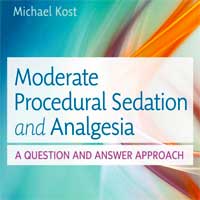
General Anesthesia vs. Sedation Using Hemodynamic Control During Intraarterial Treatment for Stroke
The functional outcomes 3 months after endovascular treatment for stroke were similar with general anesthesia and sedation. Our results, therefore, suggest that clinicians can use either approach. Of 351 randomized patients,... read more
Music Therapy Intervention to Treat Sedation-Related Delirium in Critical Care
Sedation is an essential component of treatment for some patients admitted to the intensive care unit, but it carries a risk of sedation-related delirium. Sedation-related delirium is associated with higher mortality and... read more
Melatonin in ICU Delirium: Shining Light on the Hormone of Darkness
Delirium represents a form of acute brain dysfunction predictive of excess death and long-term cognitive impairment in critically ill patients. For many years, we have wondered whether pharmacological doses of melatonin would... read more
Postintubation Sedation Administration in the Pediatric ED
Most pediatric patients do not receive PIS within an adequate time frame. Patients who receive long-acting paralytic agents are much less likely to be adequately sedated after rapid sequence intubation (RSI) compared with... read more
The Reemergence of Ketamine for Treatment in Critically Ill Adults
Ketamine has suggested potential benefit in several disease states impacting critically ill patients including pain, alcohol withdrawal syndrome, status epilepticus, and acute agitation. Further supporting evidence is needed... read more
Ketamine vs. Nonketamine Regimens for Analgosedation in the ICU
Results suggest ketamine as an adjunct analgosedative has the potential to reduce opioid exposure in postoperative and MV patients in the ICU. More RCTs are required before recommending routine use of ketamine in select populations. A... read more
Patients Discharged From the ICU on a Dopamine Infusion
Despite a higher ICU readmission rate, ICU discharge of patients on dopamine infusion was not associated with increased mortality. The hospital mortality rate was comparable in both groups, despite that the median logistic... read more
Discordance Between Respiratory Drive and Sedation Depth in Critically Ill Patients Receiving Mechanical Ventilation
Sedation depth is not a reliable marker of respiratory drive during critical illness. Respiratory drive can be low, moderate, or high across the range of routinely targeted sedation depth. 56 patients undergoing 197 bedside... read more
Floating Feathers: A Doctor’s Harrowing Experience as a Patient Within Conventional Medicine and an Impassioned Call for the Future of Care in America
Dr. Ross I.S. Zbar spent his career as a plastic surgeon, in the US as well as abroad in developing countries, mending disease- and trauma-related deformities--and he was never hesitant to make his voice heard as an advocate... read more
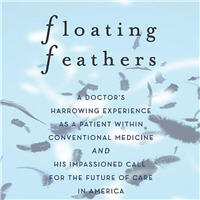
Sedation Practices and Characteristics of Ventilated Patients
Patients on mechanical ventilator experience anxiety and physiological stress. Sedating them can help those patients to cope up with ET tube, to bear all the interventions, for accessing adequate oxygenation and above... read more
